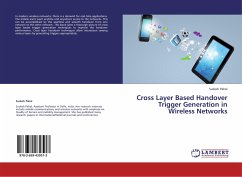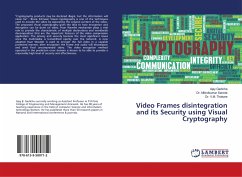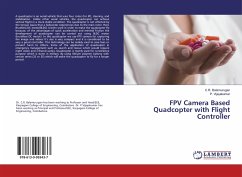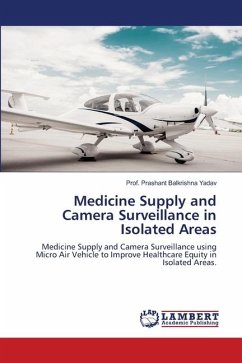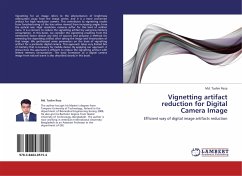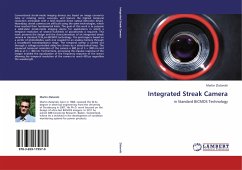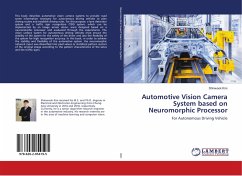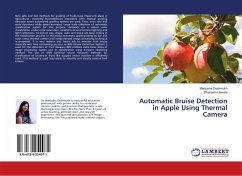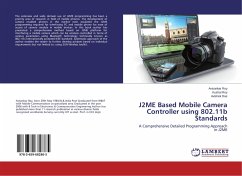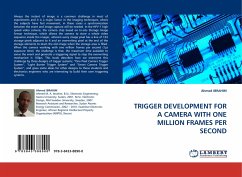
TRIGGER DEVELOPMENT FOR A CAMERA WITH ONE MILLION FRAMES PER SECOND
Versandkostenfrei!
Versandfertig in 6-10 Tagen
32,99 €
inkl. MwSt.

PAYBACK Punkte
16 °P sammeln!
Always the instant of image is a common challenge in most of experiments and it is a major factor in the imaging techniques, where the subjects have fast movement, in these cases a synchronization between the event and image capture will be needed. In the HPV-1 high speed video camera; the camera chip based on In-situ Storage Image Sensor technique, which allows the camera to store a whole video sequence inside the imager, wherein every image pixel has a line of 103 storage pixels adjacent to it and an overwriting pixel at the end of the storage elements to drain the old image when the storage...
Always the instant of image is a common challenge in most of experiments and it is a major factor in the imaging techniques, where the subjects have fast movement, in these cases a synchronization between the event and image capture will be needed. In the HPV-1 high speed video camera; the camera chip based on In-situ Storage Image Sensor technique, which allows the camera to store a whole video sequence inside the imager, wherein every image pixel has a line of 103 storage pixels adjacent to it and an overwriting pixel at the end of the storage elements to drain the old image when the storage area is filled. When the camera working with one million frames per second (1µs exposure time), the challenge is that, the maximum time available to sense the event and generate a triggering signal to stop the overwriting mechanism is 100µs. This book describes how we overcome this challenge by three designs of trigger systems; One Pixel Camera Trigger System , Light Barrier Trigger System and Smart Camera Trigger System , and gives some ideas for other designs to those students and electronics engineers who are interesting to build their own triggering systems.



